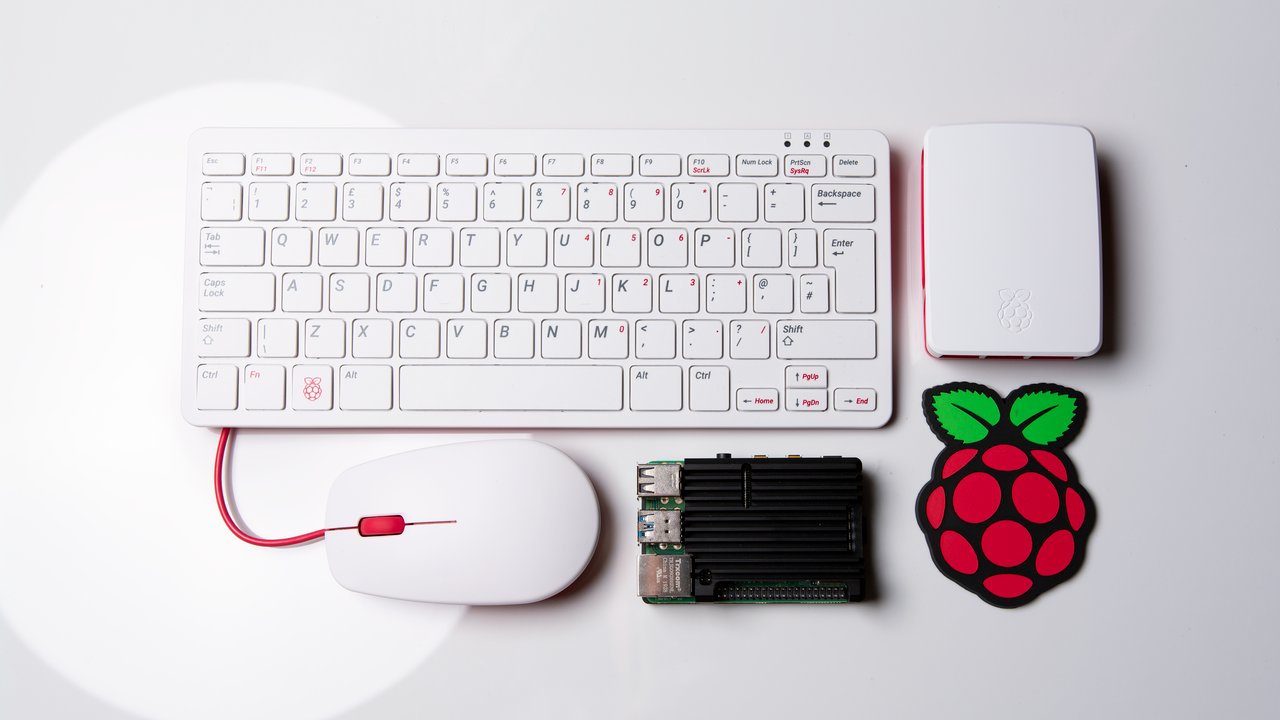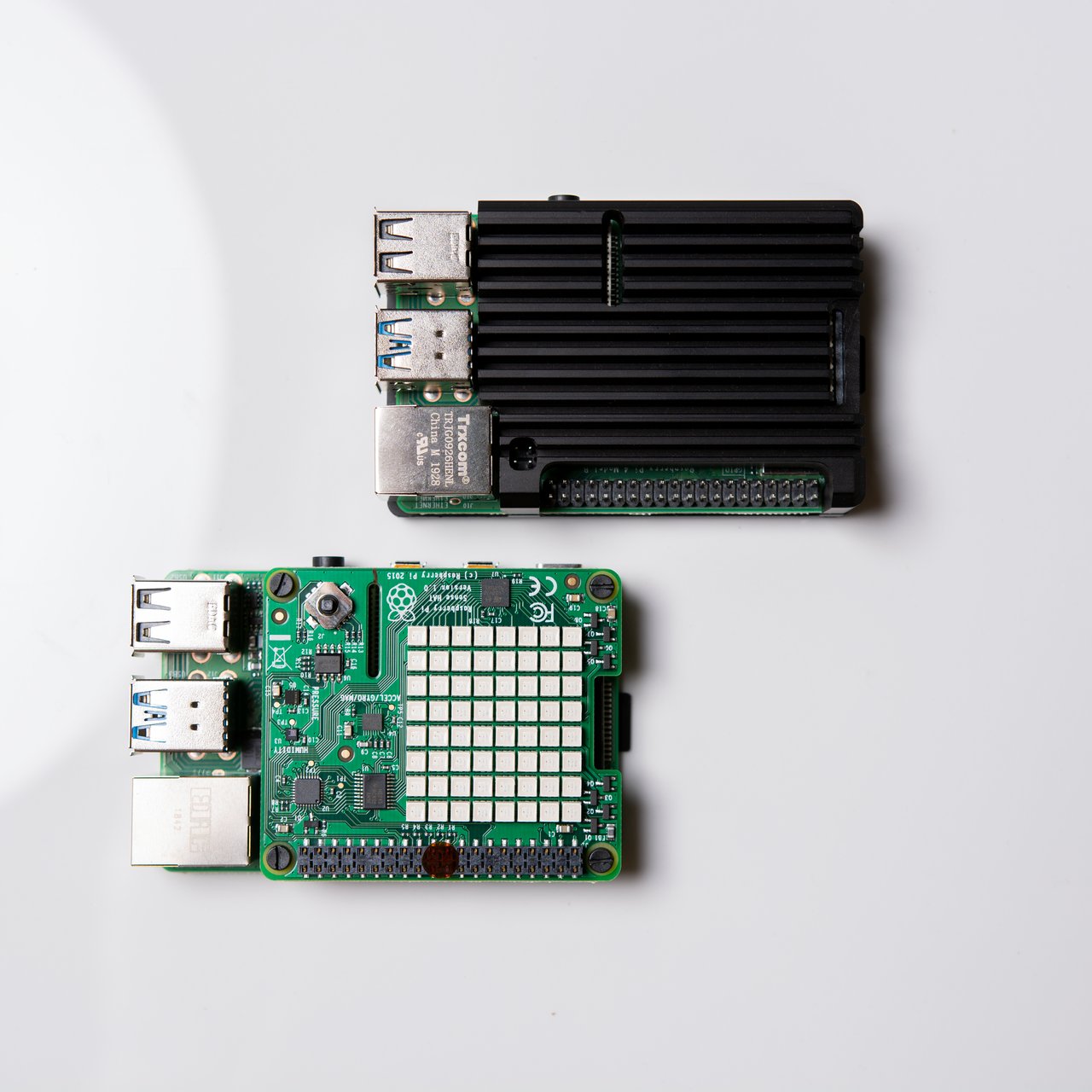Raspberry Pi – Small but Mighty

As with all great things that come in little packages – in the world of home-brew electrical projects, the Raspberry Pi, a small computer about the size of a credit card, has proven to be a great companion. Built for use in schools as a teaching aid in computer science, it can be used for fun tasks like creating games or sending coded messages to a friend, you can even build social media bots or better yet control household gadgets.
Being so simple and very cheap to buy, it has become a favourite for hobbyists. As many as 30 million+ units have been sold globally, they've even appeared on the International Space Station (I.S.S) as part of the European Astro Pi Challenge, where children can place code on these devices.
Hopefully I've piqued your interest so far but you may be thinking, “So what, I can code with this thing, which is all well and good but how is that any different to a laptop?”
Easy. The Raspberry Pi (RPi) has a collection of electrical pins along its board and these can be connected to all manner of gizmos, buzzers, switches, thermometers, motors... They are teeny tiny too, you can squeeze them into nooks around the home or office to control lights or document goings on (With consent of course)... You can attach camera lenses... Stack them to make nested web servers... or you could just browse the internet too I suppose.

Raspberry Pi computers are easily customisable and stackable. In the picture above two fourth generation RPi (RPi4) are shown. The top has a passive cooling case with fins, the bottom has a “Sense Hat” board bolted on which adds 64 RGB programmable LED's, a joystick and a variety of sensors.
You might be a little daunted by all this, coding sounds scary at first but don't be, there is plenty of information and educational videos available online to help you get started. There's even a free scaled-down version of Minecraft just for the RPi where you can play as normal, or change the game with code.
If you want to find out what all the fuss is about, you are in luck because they're very cheap,. You can buy a RPi Zero for less than £10. With a new Raspberry Pi, the RPi4, costing around £35. (Not including other accessories)
I'd encourage anyone to give coding a try and the Raspberry Pi has made it more accessible than ever. Below will be some useful links. In my next article I discuss setting up and running your first Raspberry Pi.
Raspberry Pi Foundation – https://www.raspberrypi.org/
A charity formed in 2009 to encourage education in computing, they quickly realised the opportunity for a small and very basic computer to allow this as cheaply as possible. 2012 the first RPi was sold to the general public.
Minecraft Pi Edition – https://www.minecraft.net/en-us/edition/pi/
The official Minecraft website, where you should be able to download the game safely and for free. You can download elsewhere but please be mindful when allowing children internet access.
MagPi Magazine – https://magpi.raspberrypi.org/
Yes, the Raspberry Pi community has access to a magazine to keep them up-to date with news. It is digital and can be found in the app-store.
The next article in this series – How to set-up your Raspberry Pi
You can follow me on Twitter at the link below.
https://twitter.com/SASchofield52
Disclaimer: Images are my own. Opinions are my own.